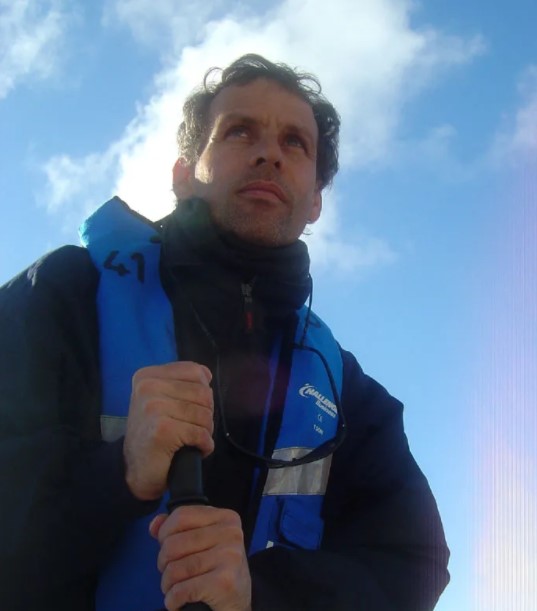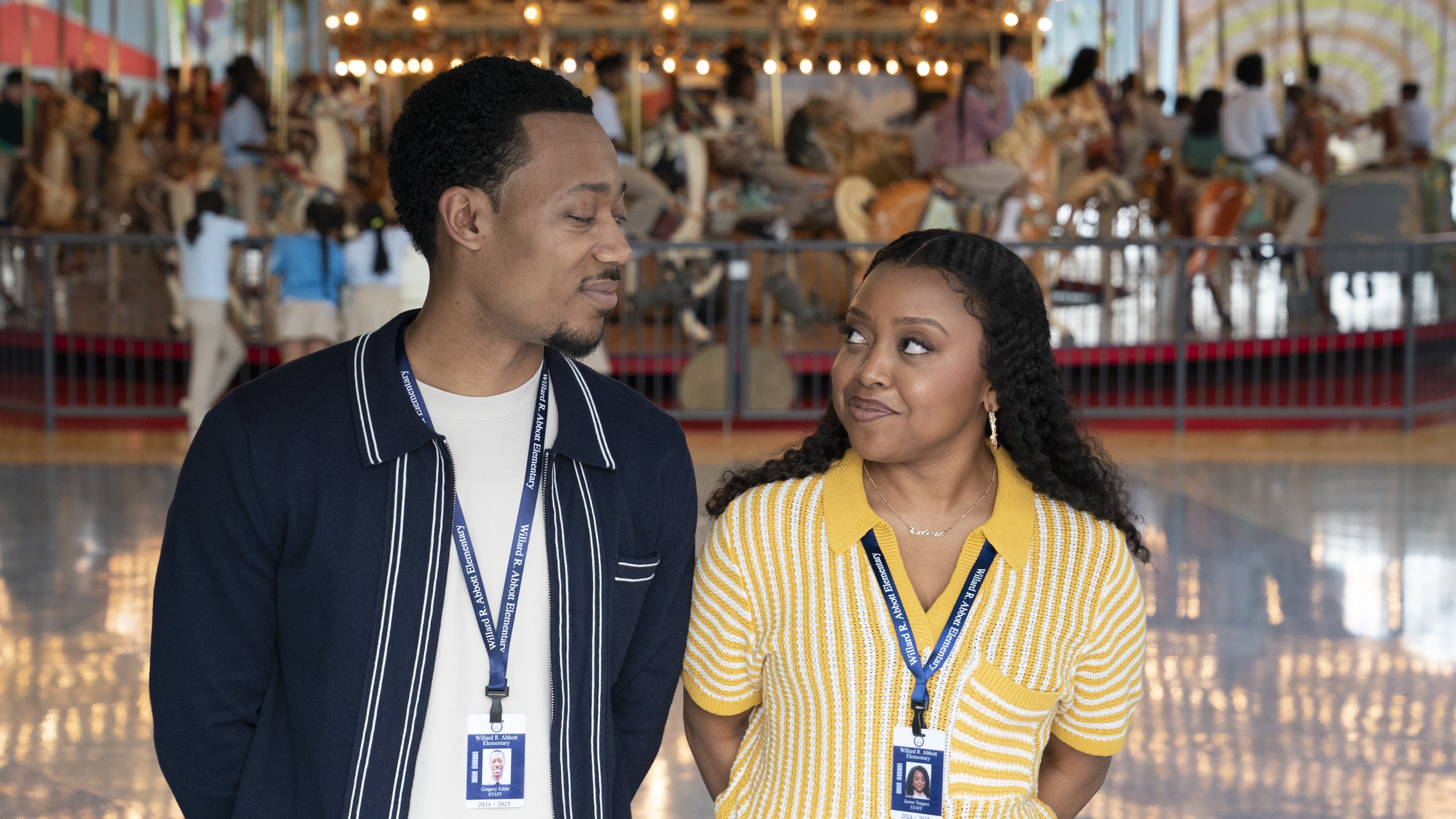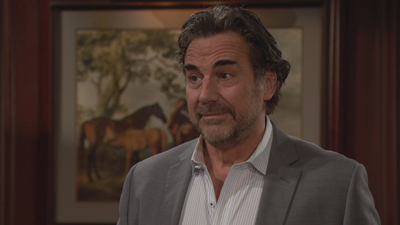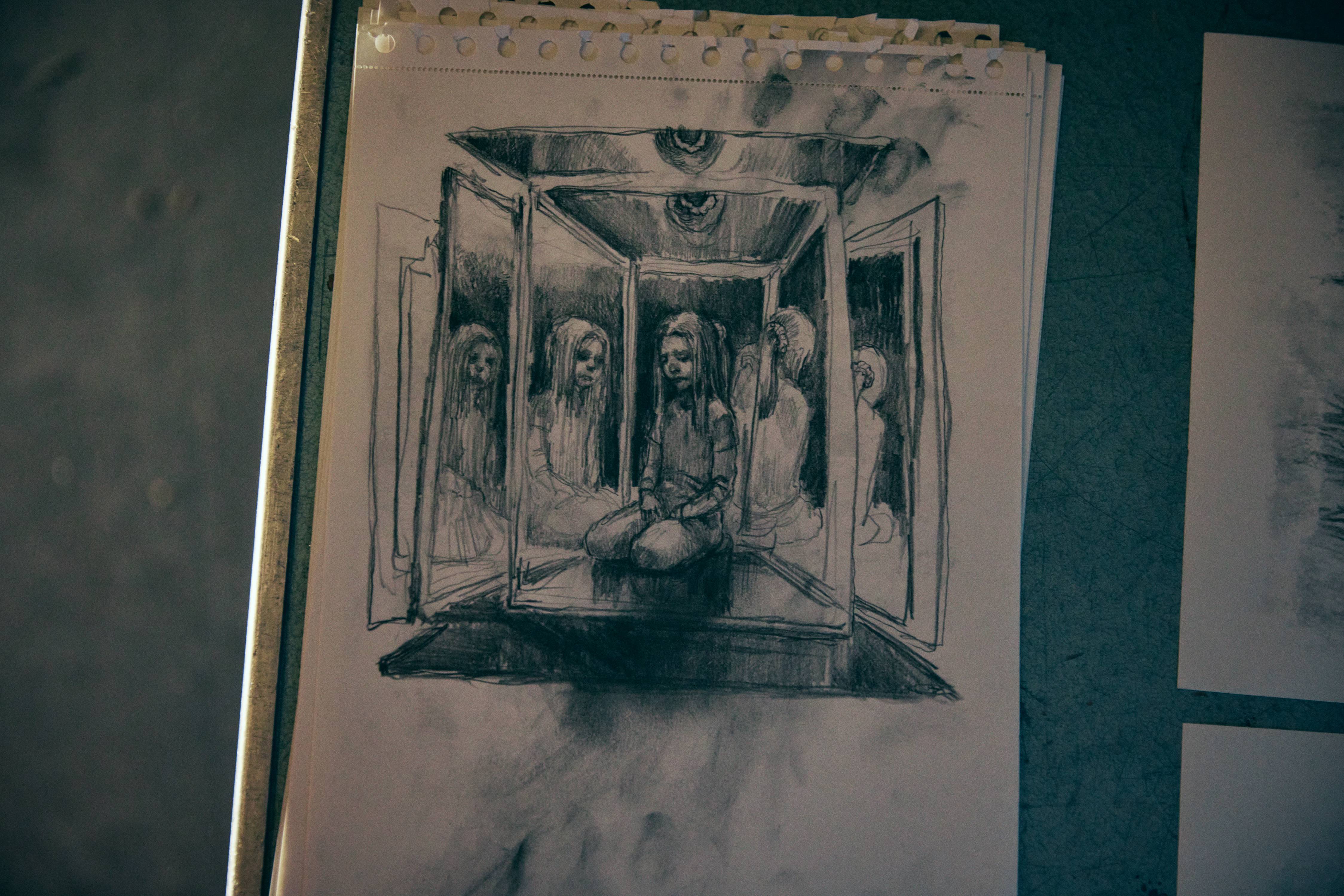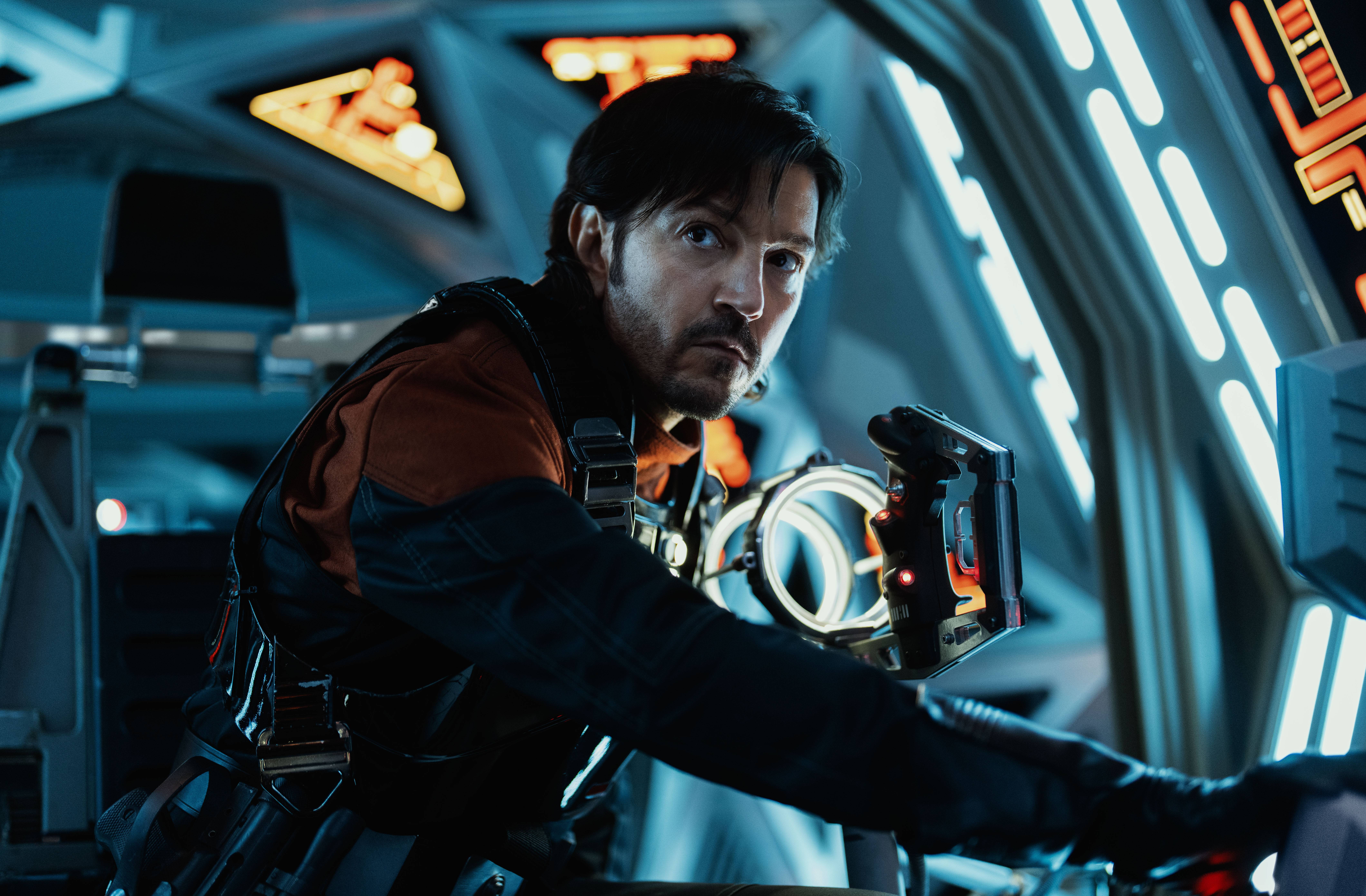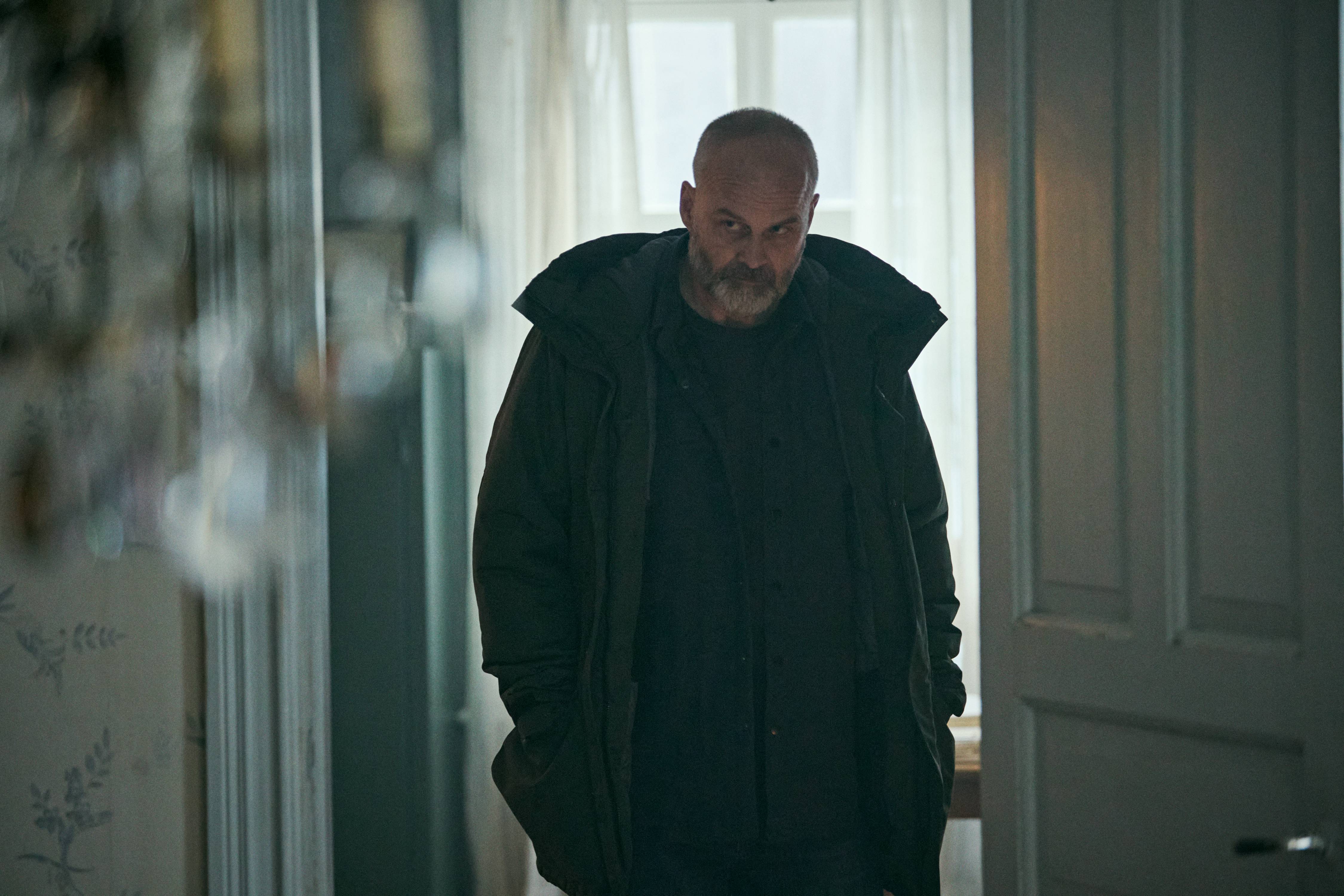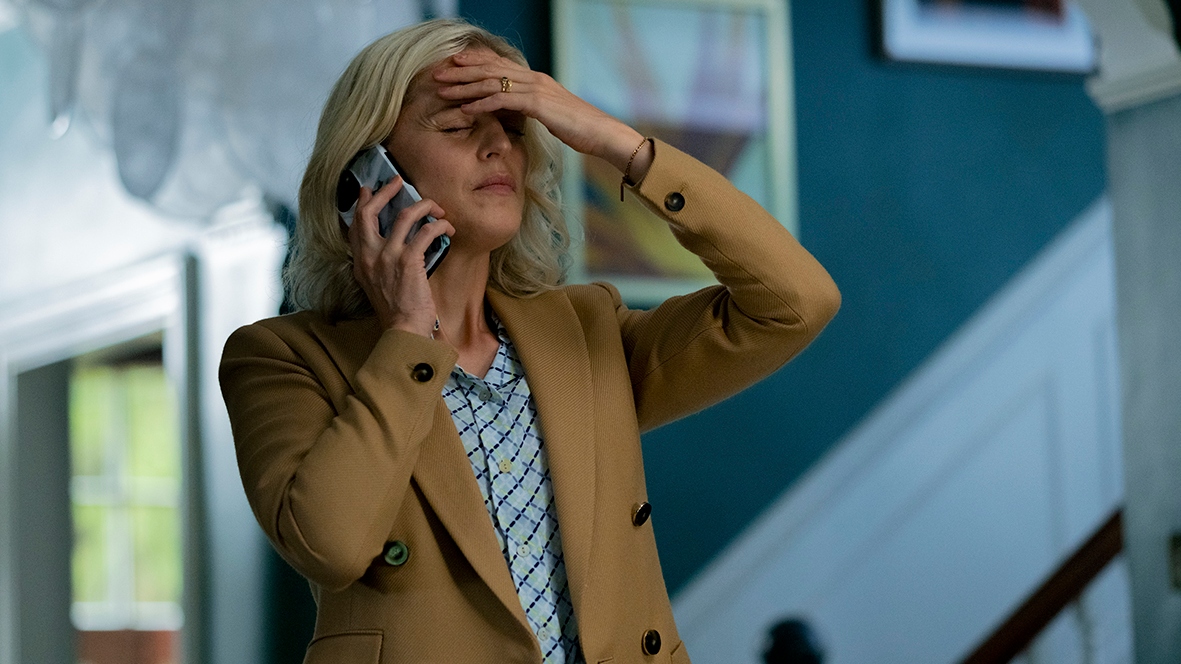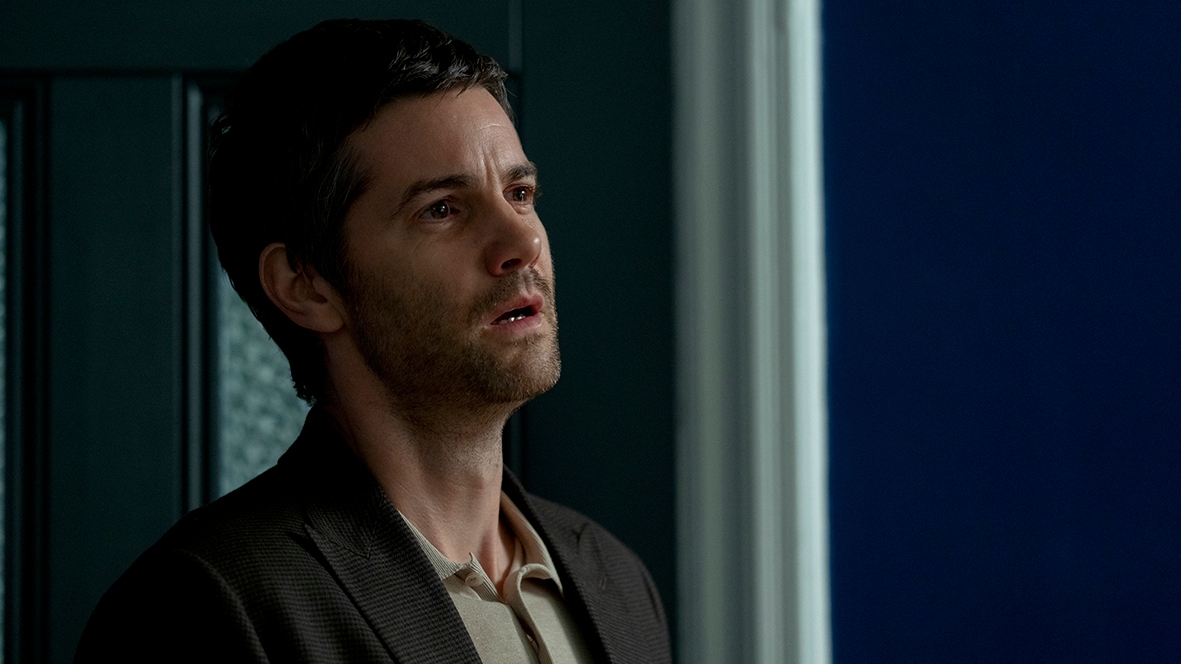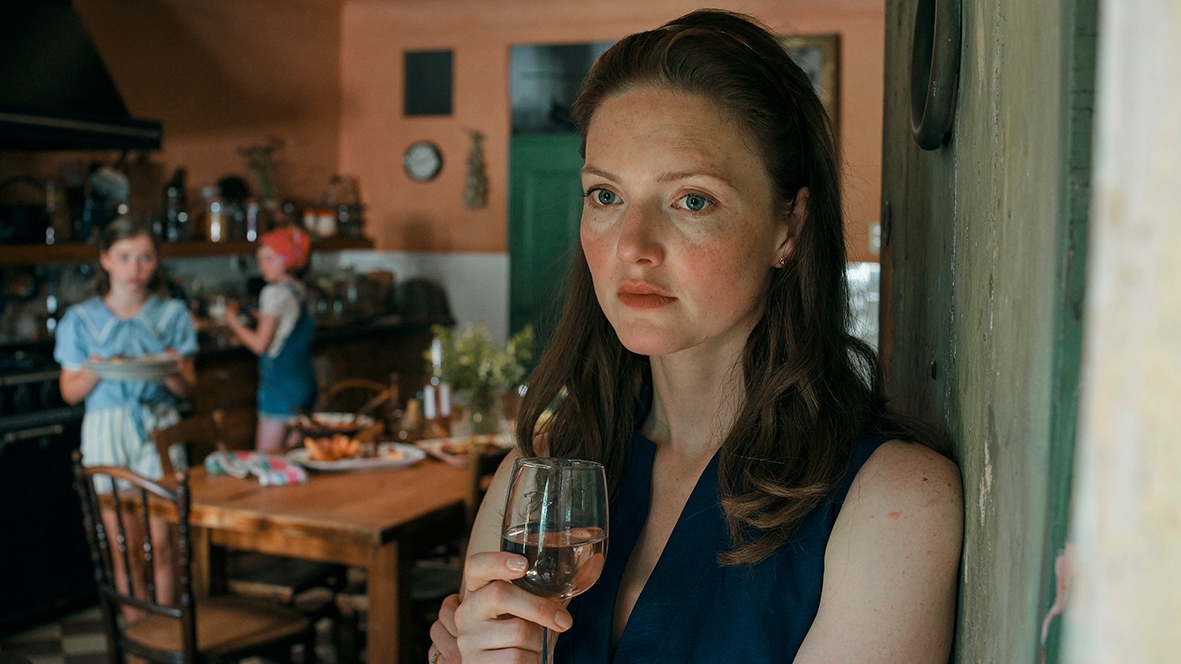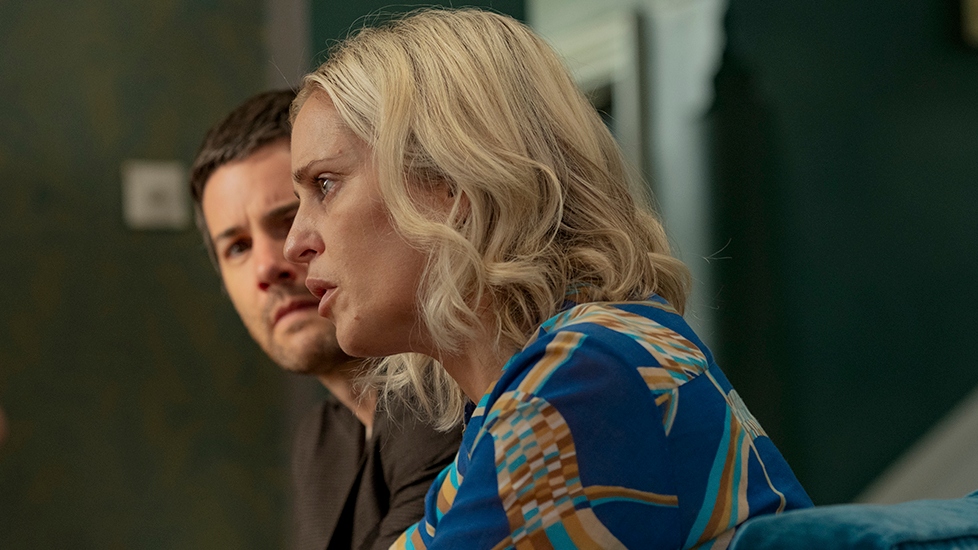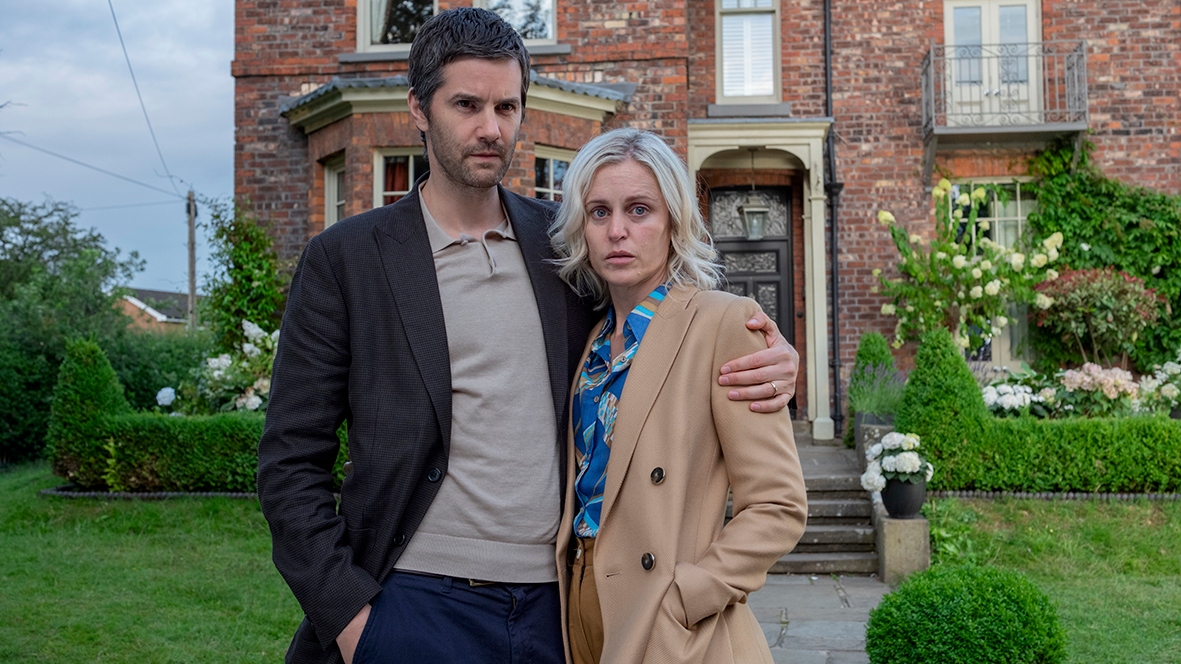As we await news on Ripley season 2, I rewatched The Talented Mr Ripley on Netflix and was struck by key differences
I'm hopeful Netflix will order Ripley season 2, in the meantime I revisited the movie...
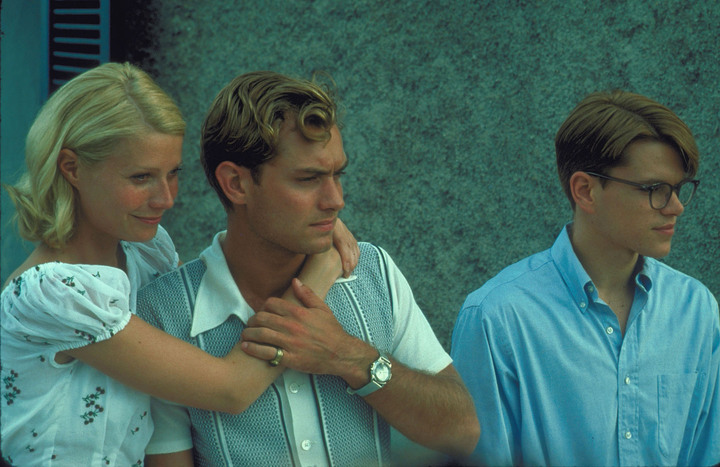
Watching Ripley, Netflix's sumptuous adaptation of crime novelist Patricia Highsmith’s classic psychological thriller "The Talented Mr Ripley", didn't just send me back to the author's original 1955 novel. It also sent me back to Anthony Minghella's equally lavish 1999 feature film, which is handily available on Netflix.
The two adaptations broadly follow the same outline: amoral grifter Tom Ripley travels from New York to Italy's Amalfi Coast to retrieve the errant playboy son of a New York shipping magnate, gets a taste for the dolce vita so nonchalantly enjoyed by the object of his quest, and then goes to murderous lengths to avoid giving up the high life he has come to enjoy.
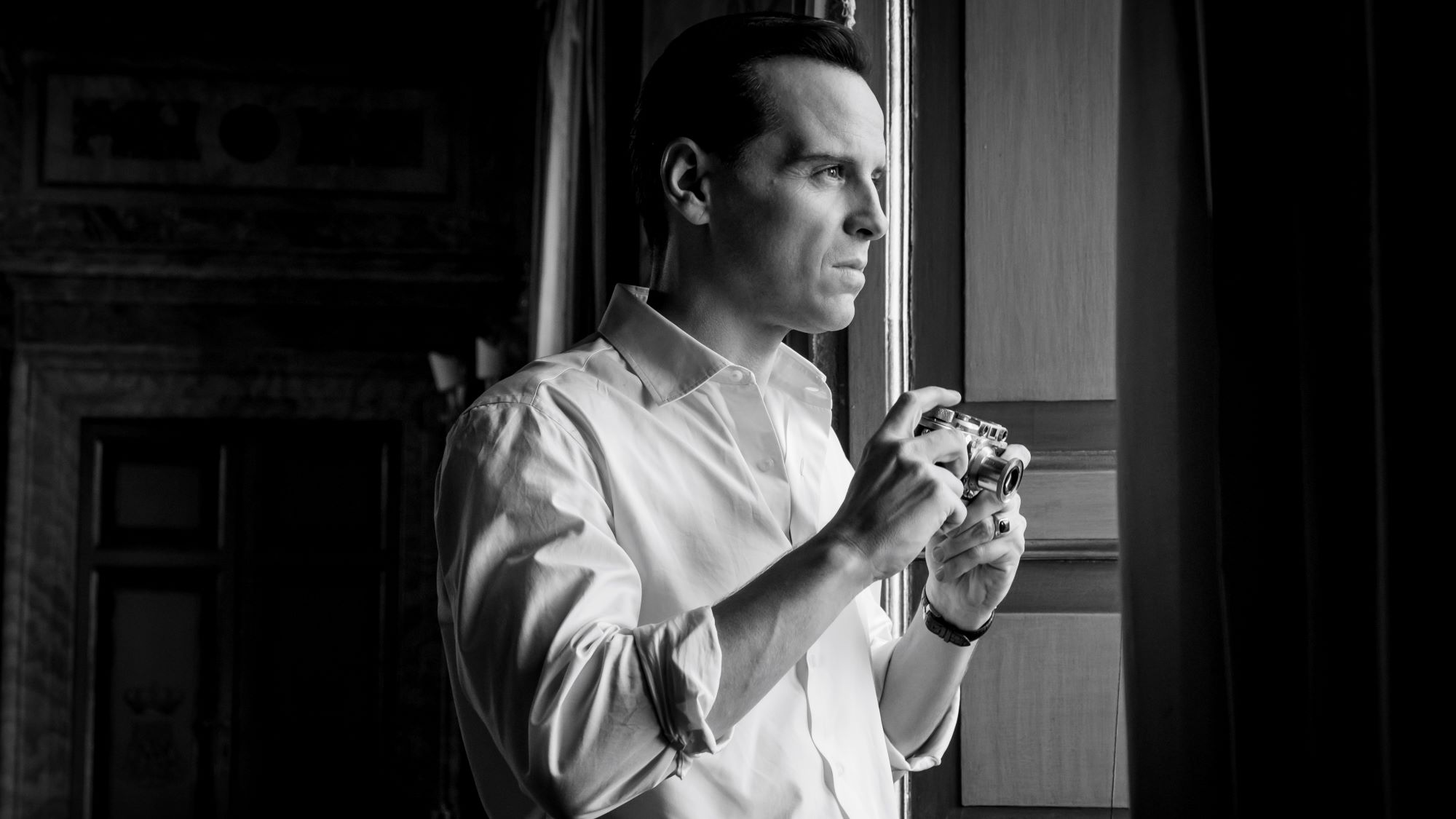
Yes, the two versions are telling the same story, but to me, their approaches couldn’t be more different — and that's not just because Minghella's film is in color and lasts 139 minutes, while the Netflix series — created, written and directed by Steven Zaillian — is filmed in striking black and white, and takes eight episodes and around 440 minutes to wrap things up. No, the casting and storytelling choices taken by Minghella and Zaillian diverge enormously.
Minghella's leading duo are a good fit for their characters. Matt Damon plays opportunistic Ripley as a shape-shifting social chameleon, gauche at first but quick to mold himself into new roles; Jude Law, never more handsome on screen, is incredibly charismatic as blithely dissolute wastrel Dickie Greenleaf. Just as importantly, Damon and Law were both in their twenties when they made the film, as was Gwyneth Paltrow, who plays Dickie's aspiring writer girlfriend Marge.
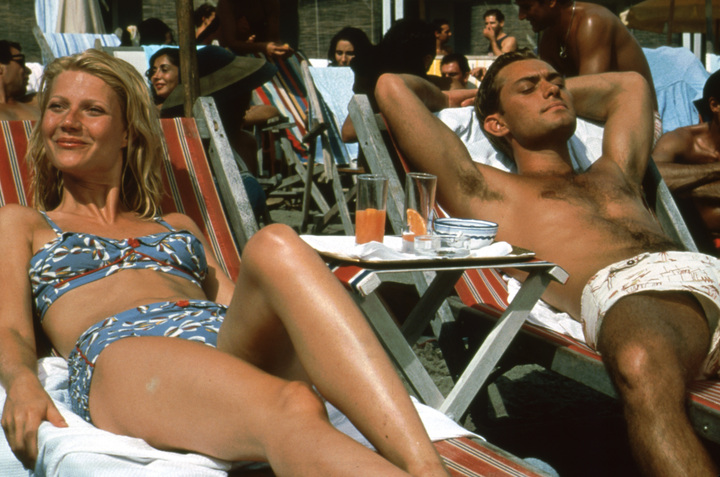
Turning to the Netflix series, we find Ripley played by 47-year-old Andrew Scott and Dickie by the 40-ish Johnny Flynn. Both are very fine actors, but their casting makes nonsense of the plot.
In Highsmith's book Tom Ripley and Dickie Greenleaf are both 25 years old. Their ages are crucial. Dickie’s wealthy father — well-played by James Rebhorn in the film and less convincingly by Kenneth Lonergan in the series — sends Ripley to Italy as his emissary because he mistakenly believes him to be a former Princeton classmate of his dilettante son and reckons he will able to persuade Dickie to return home to attend his ailing mother and take up his responsibilities in the family firm. This all makes sense when the characters involved are twenty-something but doesn't work at all when they are made much older.
My next difficulty with the Netflix series is that Scott's Ripley is utterly lacking in charm in his early encounters with Dickie and Marge. Add his age to the equation and it is impossible to see why Dickie would invite him to stay at his Italian villa (eminently covetable, by the way, as are so many aspects of Dickie's life). Damon's youthful Ripley may be awkward and needy, but he can also be fun — as Minghella shows in a dazzling scene in which Dickie and Ripley have a blast at a jazz club in Naples. Yet quick though Dickie may be to embrace a new friend, he can tire of them equally rapidly. This Ripley painfully discovers, and the hurt he feels on being dropped propels the next phase of the plot.
Get the What to Watch Newsletter
The latest updates, reviews and unmissable series to watch and more!
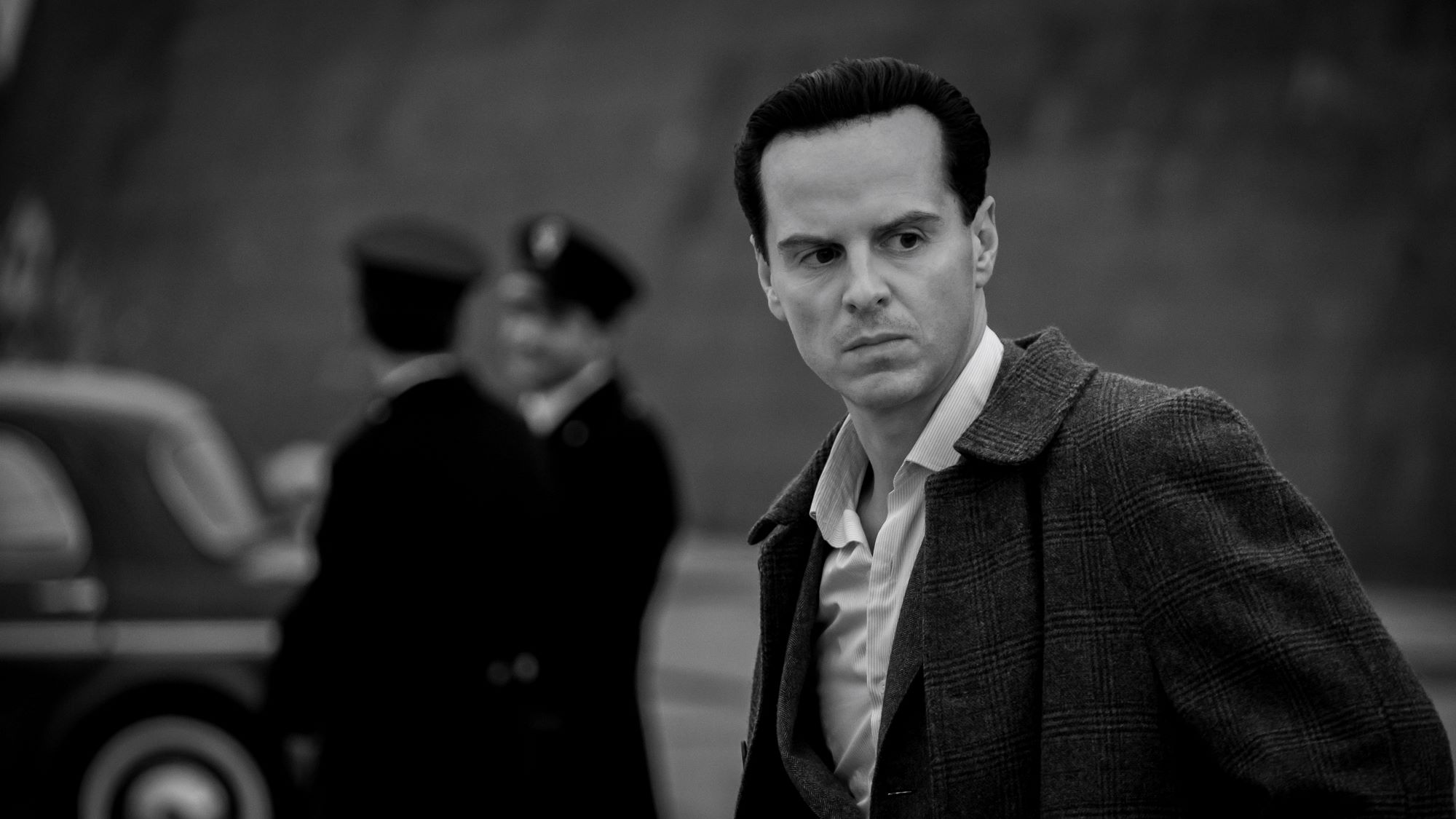
The jazz club episode is just one of the scenes that Minghella invented for his film. Indeed, it is surprising just how many liberties he took with Highsmith's book. He didn't just come up with fresh scenes, he also dreamed up fresh characters — such as Meredith Logue, the fluttery debutante Ripley meets while crossing the Atlantic, winningly played by Cate Blanchett. Time and again, however, Minghella’s innovations proved inspiring.
Take the very early scene that sets the plot rolling. Damon's far from posh Ripley borrows a Princeton blazer to play the piano at a swanky Manhattan party, and it is this "disguise" that leads Mr Greenleaf to mistake him for a member of the class to which he aspires. A classical music devotee, Ripley subsequently passes himself off as a jazz aficionado to ingratiate himself with the be-bop-loving Dickie. None of this is in Highsmith, but it works beautifully on screen.
If you discount the casting, the Netflix series is actually far more faithful to the book. Yet when Zaillian departs from the original he often manages to bungle things, such as in the sequence that sets up Ripley’s first meeting with Mr Greenleaf. Zaillian has Ripley pursued and collared by a private detective hired by Dickie's father and the scene jars. In the book, it is Mr Greenleaf himself who tracks Ripley down. I could go on…
Given how much I have run down the Netflix Ripley, you will be surprised to learn that I ended up enjoying it enormously. True, I very nearly gave up on the series after the first two episodes, but I persevered and after Flynn's Dickie made his exit I found I could begin to appreciate the strong points of Zaillian's adaptation. Filming in ravishing black and white, Zaillian and acclaimed cinematographer Robert Elswit make the various Italian locations look stunningly beautiful, mysterious and sinister by turn, and although I initially feared that the series' length would lead to endless padding (as in that scene with the detective), the much longer running time meant that the scenes of suspense could be exquisitely drawn out. Zaillian and Scott’s characterization of Ripley makes him far more difficult to empathize with than Damon's conflicted antihero, but the more his scenes of jeopardy are extended the easier — and more thrilling — it becomes to put ourselves in his shoes.
A film critic for over 25 years, Jason admits the job can occasionally be glamorous – sitting on a film festival jury in Portugal; hanging out with Baz Luhrmann at the Chateau Marmont; chatting with Sigourney Weaver about The Archers – but he mostly spends his time in darkened rooms watching films. He’s also written theatre and opera reviews, two guide books on Rome, and competed in a race for Yachting World, whose great wheeze it was to send a seasick film critic to write about his time on the ocean waves. But Jason is happiest on dry land with a classic screwball comedy or Hitchcock thriller.
